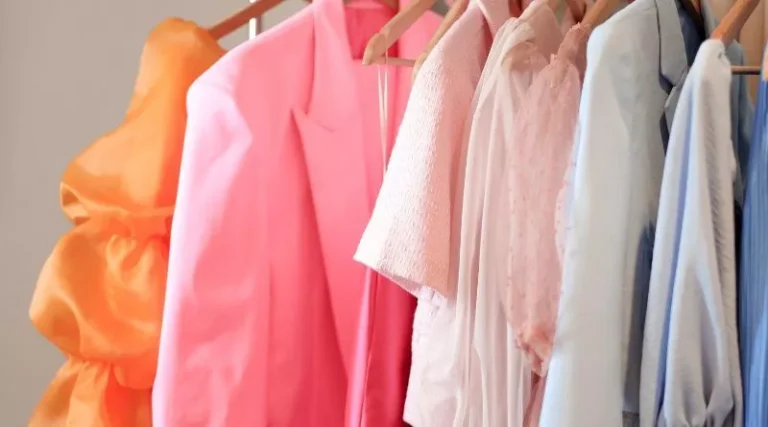What you wear in the winter can change your carrying experience dramatically. It can make or break how easy it is to access your firearm in a moment of need.
Exploring different clothing options is essential to find what works best for you.
Pants
Pants are a fundamental piece of concealed carry clothing you must remember. This is because the clips of your holster connect to the pants you wear, mainly if you use a beltless concealed carry method.
When choosing the right pair of pants for CCW, you must consider fabric weight and style. Cotton, linen, and khaki are some of the most popular choices, offering comfort and structure. They also work well with most gun and holster types.
Another important consideration is the tuck and pant rise. A high-waisted pant sits higher on the hips and is not the best option for concealed carry, as it can make it challenging to reach your firearm when you need to defend yourself. A mid-rise pant, on the other hand, is a better option as it doesn’t interfere with your everyday movement and makes accessing your firearm easy. You can opt for low-rise pants depending on your needs and torso length.
Shorts
Cold weather brings new challenges if you’re a concealed carrier who wears shorts. Unlike summer, you must consider fabric and thickness when purchasing new pairs. Thick, natural fabrics like wool work well since they’re insulating and won’t cling to the lines of your firearm and holster.
Another fabric option is cotton. This comfortable and durable material can be found in shorts for men, such as cotton seersucker or khaki twill, or women’s pants and skirts, such as Madras, chino, or chambray. Wear a lighter weave if you choose synthetic fabric shorts and avoid black and charcoal.
Cover garments are essential for concealed carry clothes for winter. A flannel or denim shirt is classic for this season, and it provides cover, allows for the use of an IWB or OWB holster, and looks presentable. Choosing a loose-enough sweater is also an easy, concealable option. You can leave the jacket open or only half-closed to give you easier access to your weapon and prevent printing.
Shirts
As the temperatures drop, you’ll likely add a heavy winter jacket and extra layers over your base layer shirt. This can make concealing a firearm much more complicated than in the warmer months, as your clothing is thicker and bulkier.
You’ll also want to reevaluate how you carry your gun in the cold. Carrying inside the waistband is generally more comfortable and will reduce the number of layers you’ll have to clear to access your firearm.
Shirts with natural fabrics like cotton, linen, and silk will help conceal a firearm because they are thin and flow with your body. Choosing shirts with patterns and prints that help distract the eye from your gun’s printing, like stripes, floral, or animal print, is another helpful concealment tip. Lastly, a peplum or ruffle-hem shirt can help minimize printing and provide easy accessibility when worn correctly.
Jackets
For many people, jackets are their outerwear of choice in cold weather. They can be a stylish statement or the perfect top layer for an outfit. Many fashion jackets have zipper pockets that conceal a handgun and pocket holster. These pockets should be large enough for a smooth and quick draw.
Shirts fitted through the chest area and flared out around the waistline are excellent for concealed carry, making it easier to access your weapon without partially undressing. Peplum or ruffle-hem tops are another option with the benefit of obscuring printing.
Trying on different clothing and practicing your draw can help you find the right balance for concealed carry in winter. Don’t forget to test your holster to ensure it’s comfortable and easy to use. This way, you can be confident that your concealed carry gear is ready when needed.







